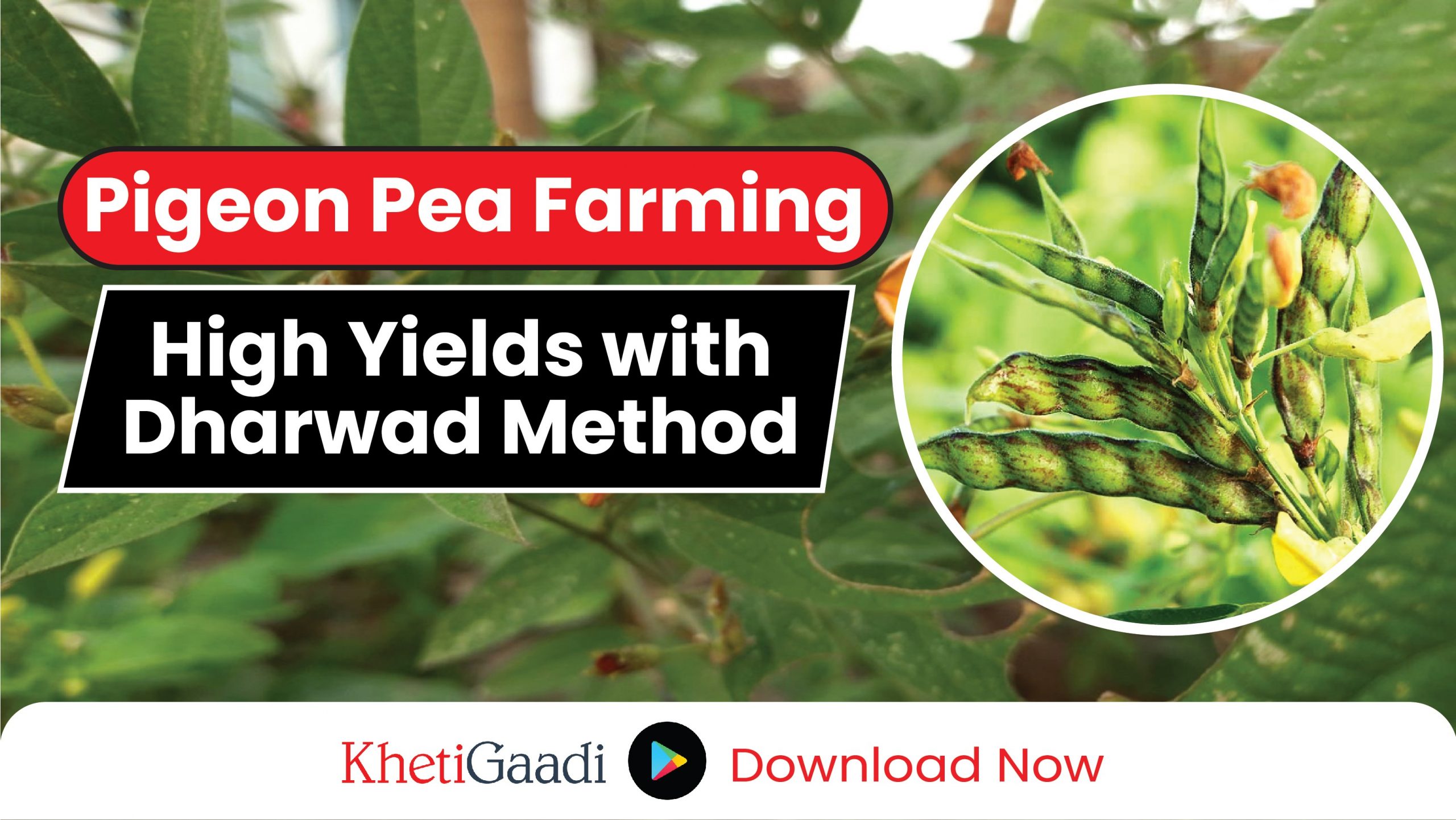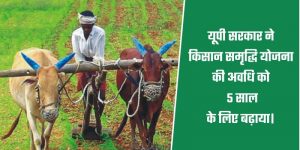Higher Yields of Pigeon Pea with Dharwad Method
As the pigeon pea sowing season approaches, the Agriculture Department has a valuable recommendation for farmers: use the Dharwad method. This innovative technique not only saves seeds and time but also nearly doubles the production compared to traditional methods.
KhetiGaadi always provides right tractor information
Why the Dharwad Method?
According to the Agriculture Department officials, the Dharwad method is a game-changer. It conserves resources and ensures a bountiful harvest. The Jabalpur Agriculture Department is actively encouraging farmers to adopt this method to enhance pigeon pea production. On Tuesday, a demonstration was held under the guidance of Sub-Divisional Officer Agriculture Patan, Dr. Indira Tripathi, along with Senior Agriculture Development Officer Shrikant Yadav, Pankaj Srivastava, Block Technical Manager Harish Barve, and Agriculture Extension Officer Seema Raut. They successfully demonstrated the Dharwad method in the field of farmer Bhagwan Das Patel in Luhari Sukha village.
How Does the Dharwad Method Work?
Dr. Indira Tripathi explained that the Dharwad method promotes the growth of healthy plants and significantly increases production. The process begins with preparing a nursery, which saves time required for sowing pigeon pea directly in the field. This extra preparation time allows farmers to better plan their farming activities.
A critical aspect of this method is the care taken after transplanting the nursery plants into the field. Around 20 to 25 days post-transplantation, the top bud of the plant is pinched off. This encourages the plant to produce more pods, and this process is repeated three times to maximize growth and pod production.
What is the Dharwad Method?
The Dharwad method is a modern technique for pigeon pea cultivation. Unlike traditional methods where seeds are sown directly, the Dharwad method involves transplanting nursery-grown plants into the fields. This ensures each plant is healthy and well-established before being planted out.
Steps to Implement the Dharwad Method
- Seed Selection: Choose seeds that mature in about 160 days.
- Nursery Preparation: Prepare the nursery first. Approximately 1 kg of seeds is needed per hectare, compared to 25 kg in traditional methods.
- Transplantation: Transplant 10,000 saplings per hectare.
- Potash Application: Ensure potash is added after transplanting to boost plant health.
By following these steps, farmers can significantly enhance their pigeon pea yield. The Dharwad method not only conserves resources but also maximizes production, offering a promising approach to pigeon pea farming. If you wish to know organic methods to increase your overall cultivation yield, please call KhetiGaadi counsellor on 07875114466 or write an email to connect@khetigaadi.com
Pigeon Pea Cultivation
Pigeon pea, also known as arhar or tur, is a significant legume crop in many tropical and subtropical regions. It’s valued for its high protein content and ability to improve soil fertility through nitrogen fixation. Traditional cultivation methods often involve direct sowing, which can be resource-intensive and less efficient.
The Dharwad method, developed at the University of Agricultural Sciences, Dharwad, Karnataka, has been extensively tested and proven to be effective. This method addresses several challenges faced by pigeon pea farmers, including pest management, water conservation, and optimizing plant growth.
- Pest Management: One of the critical advantages of the Dharwad method is its role in pest control. By promoting healthier plants, the method reduces the incidence of pests like pod borers and aphids, which are common in pigeon pea fields.
- Water Conservation: The method also aids in better water management. Transplanting nursery-grown plants reduces the need for frequent irrigation, making it a more sustainable option, especially in regions with water scarcity.
- Yield Improvement: Studies have shown that using the Dharwad method can increase pigeon pea yields by up to 40-50%. This not only benefits farmers economically but also contributes to food security in regions dependent on this vital crop.
By adopting the Dharwad method, farmers can achieve higher productivity and sustainability in pigeon pea farming, ensuring better livelihoods and a more secure agricultural future.
Stay tuned with us on our App for more real time updates on various agriculture related schemes and innovative cultivation methods aimed at supporting our hardworking farmers. For more detailed information, visit KhetiGaadi regularly!
To know more about tractor price contact to our executive






